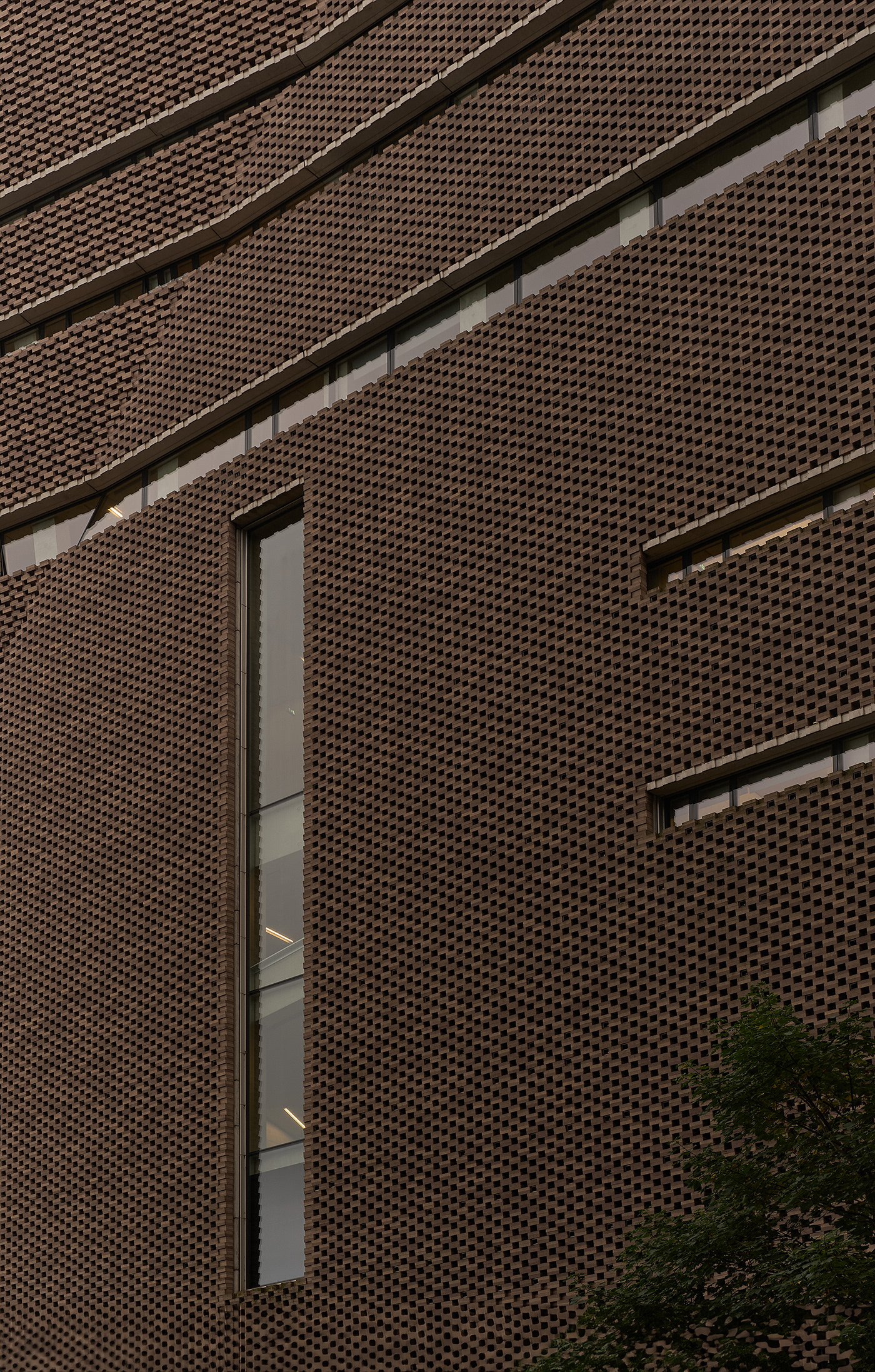TATE Modern | London
Architects: Herzog & de Meuron's
Location: London, United Kingdom
Photographer: Sergey Melnikov
Unveiling Tate Modern's Architectural Beauty Through the Lens of an Architectural Photographer in London
London's Tate Modern stands as an architectural marvel and an iconic symbol of contemporary art. This world-renowned gallery, with its mesmerizing blend of old and new, offers a captivating subject for architectural photography. In this article, we will explore the striking architectural features of Tate Modern and the role of an architectural photographer in London in showcasing its beauty through the lens.
The Architectural Wonder of Tate Modern:
Tate Modern, located on the banks of the River Thames, was originally the Bankside Power Station, designed by Sir Giles Gilbert Scott in the 1940s. Today, it has been transformed into a cutting-edge art space. The building boasts an extraordinary architectural blend of industrial heritage and modern design.
The Turbine Hall: Tate Modern's centerpiece, the Turbine Hall, is a colossal space with a soaring ceiling that provides a breathtaking backdrop for art installations. The expansive interior and its unique use of light, shapes, and perspectives make it a dream subject for architectural photographers.
Switch House: The Switch House, an extension designed by Herzog & de Meuron, complements the original structure. With its brick lattice and geometric design, it is a testament to contemporary architecture. An architectural photographer can capture the interplay between the old and the new in this remarkable space.


Panoramic Views: Tate Modern offers panoramic views of the city skyline from its terraces. These vistas are perfect for an architectural photographer to capture the relationship between the gallery and its urban surroundings.
Light and Shadow: The interplay of light and shadow in Tate Modern's unique spaces creates an ever-changing visual experience. An architectural photographer can expertly capture these nuances to highlight the gallery's captivating ambiance.
The role of an architectural photographer in London:
Expertise: An architectural photographer in London has the technical skills and artistic vision to present the architectural elements of the Tate Modern in the most appealing light.
Composition: He is able to create shots that emphasise the lines, angles and textures of the building, conveying its beauty and character.
Controlling light: Capturing the ever-changing natural light inside the Tate Modern requires skill. The architectural photographer uses their knowledge to make the most of these conditions.
Storytelling: An architectural photographer not only documents a building, but also tells its unique story. He conveys the history, purpose and spirit of the gallery through his images.
Professional equipment: The architectural photographer is equipped with high quality cameras, lenses and post-processing software to ensure the highest quality images.
Expertise: An architectural photographer in London has the technical skills and artistic vision to present the architectural elements of the Tate Modern in the most appealing light.
Composition: He is able to create shots that emphasise the lines, angles and textures of the building, conveying its beauty and character.
Controlling light: Capturing the ever-changing natural light inside the Tate Modern requires skill. The architectural photographer uses their knowledge to make the most of these conditions.
Storytelling: An architectural photographer not only documents a building, but also tells its unique story. He conveys the history, purpose and spirit of the gallery through his images.
Professional equipment: The architectural photographer is equipped with high quality cameras, lenses and post-processing software to ensure the highest quality images.
Conclusion:
Tate Modern, with its architectural splendor and rich history, is a treasure for architectural photographer in London. By collaborating with a talented architectural photographer, you can immortalize Tate Modern's architectural wonder and promote it to a global audience, ensuring that its legacy endures through stunning visuals. Whether you're a curator, architect, or art enthusiast, this collaboration is essential in showcasing Tate Modern's extraordinary blend of art and architecture.
The retouching process took longer than the architectural photography itself. I had to spend a lot of time cleaning the photos of pedestrians, bicycles and fences. For clarity, I made an example of what the photo looked like before and after processing. You can see it in this article.